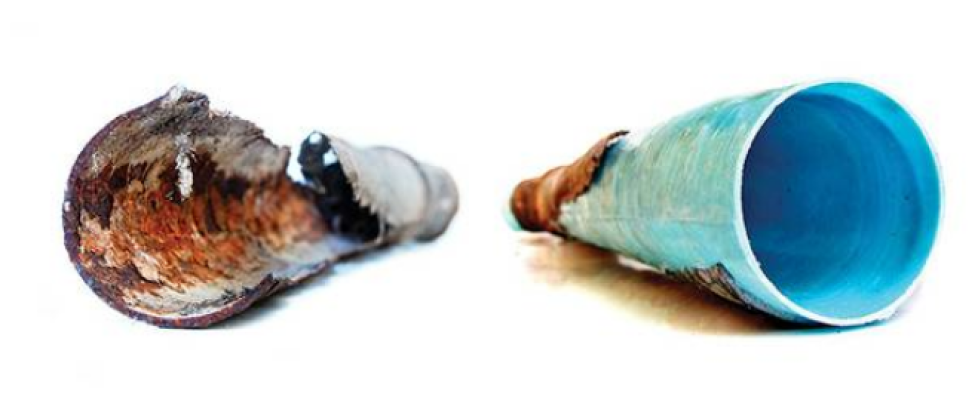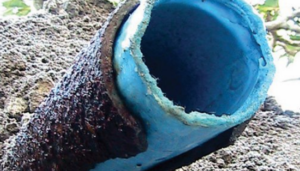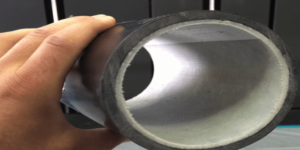Repipe Verses Pipelining Sewer Lines
When it comes to sewer repair options; you can have pipelining or repiping of the sewer lines. Your situation and budget determine which method to utilize. It’s important to note, these methods are not for renovation instead; it’s when you need to repair your sewer lines.
You can use pipelining for sewer or water and gas lines, pipelining is especially important when you need to replace pipes. You can have pipelining, when you need to have expensive cuttings into your foundation and walls or doing a high price digging. This method involves drying and draining of your supply pipes.
After draining and drying your pipes, you will need to clean them through sandblasting. Epoxy coating is then blown through the pipes and left to dry. This is done as it results to a coating that is able to prevent corrosion thus extending the life of pipes. Utilization of pipelining in buildings that have lead pipes helps to stop water from absorbing lead.
Pipelining is a popular method for office buildings and apartments; this is because; repiping tends to be expensive and inconvenient. It’s also a common alternative to pipe repiping, which requires costly digging costs or cutting through the foundation. This method is more resistant to corrosion than new pipes.
Plumbers recommend having your incoming water supply checked before you decide on repiping or pipelining; thus being in a position of making informed decisions. You can opt to go for pipelining in the event that it’s more convenient, holds up better and its cost effective than repiping.
It’s important that you note; pipelining will not work in case there is similar damage to pipes or an actual hole. When it comes to repiping, it lasts longer than pipelining, which has 10 years or more warranty, whereas for a new pipe its capable of lasting for decades.



